| 1. |
Remove the valve core and deflate the
tire. |
| 2. |
Remove the side of the tire bead area from the
wheel using tire changing machine .
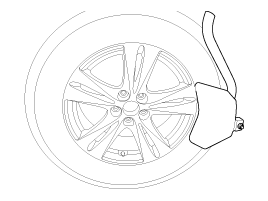
| •
|
The tire bead should be broken
approx. 90° from the valve side of the wheel. The bead
breaker should not be set too deep.
|
| •
|
Avoid tire/tool contact with the
valve on dismount. |
| •
|
Dismount should end near the
valve. | | |
| 3. |
Rotate the wheel clockwise.
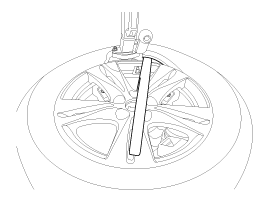
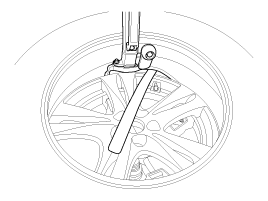
|
| 4. |
Loosen the nut and then remove the TPMS
sensor.
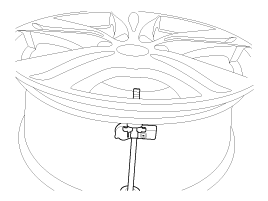
|
| 5. |
Remove the valve from the rim by pressing the
tool.

|
| 6. |
Assemble a new sanp-in valve to the sensor
body.(Go to the number 8 if it uses the unifed part both a valve and
a sensor body.)
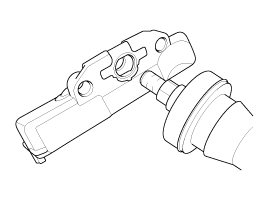
| •
|
Make sure the flats on valve lines
up with the flats on the sensor body.
|
| •
|
Push the valve all the way into
the hole until it
stops. |
| |
| 7. |
Assemble by using the new screw.
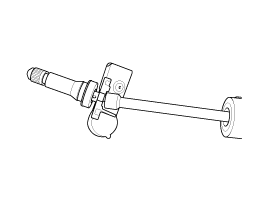
|
| 8. |
Lubricate and place the valve in the valve
hole. |
| 9. |
Using the standard valve stem puller tool,
pull the valve stem straight through the valve hole.andstop pulling
when the indicator ring on the valve has passed completely through
the valve hole.

|
| 10. |
Apply tire soap or lubrication to the top and
bottom tire beads.

|
| 11. |
To fit the bottom bead, position the sensor at
the 5 o’clock position relative to the head on the tire changing
machine
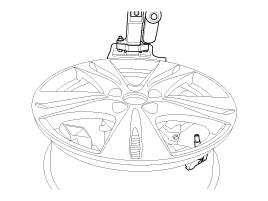
|
| 12. |
Place the tire on the rim so the bottom bead
touches the edge of the rim after the sensor (@6 o’clock). Rotate
the rim clockwise, and push down on the tire at the 3 o’clock
position to fit bottom bead.
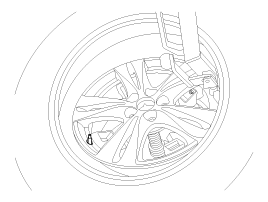
|
| 13. |
After bottom bead is on tire, rotate the rim
until the sensor is at the 5 o’clock position relative to the head
on the tire changing machine. Push down on the tire at the 3 o’clock
position and rotate the rim clockwise to fit the top
bead.
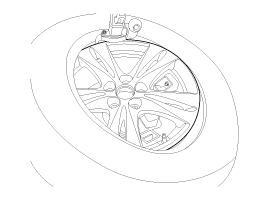
|
| 14. |
Inflate the tire until both beads
seat.
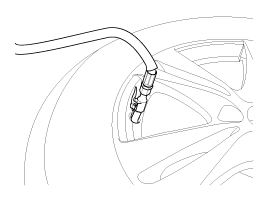
|
| 15. |
In the case of TPMS sensor failure, TPMS
sensor needs learning. Faulty sensor is replaced new units, conduct
learning of TPMS sensors. |
| Diagnosis procedure by using diagnostic
device |
As manual for diagnosis
methods by using diagnosis device, the main contents are as
follows:
| 1. |
Connect self-diagnosis connector(16pins)
located in the lower of driver side crash pad to self-diagnosis
device, and then turn the self-diagnosis device after key is
ON. |
| 2. |
Select the "vehicle model" and "TPMS" on GDS
vehicle selection screen, then select
OK. |
[Register Sensor initialization]

[Register Sensor function description]
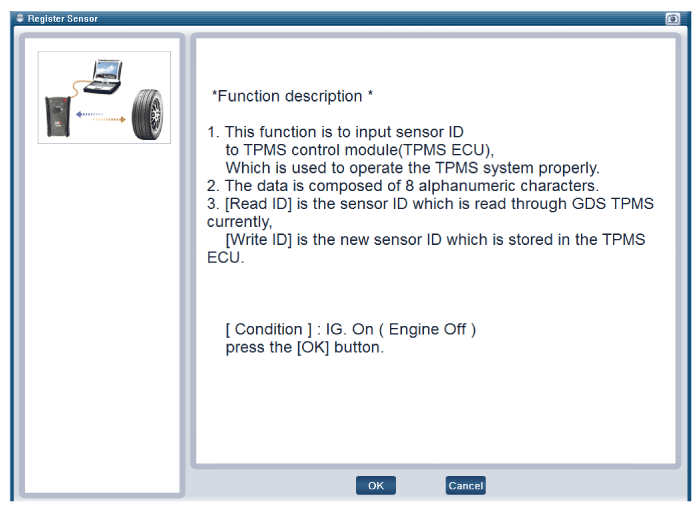
[Preparation phase sensor measurements]
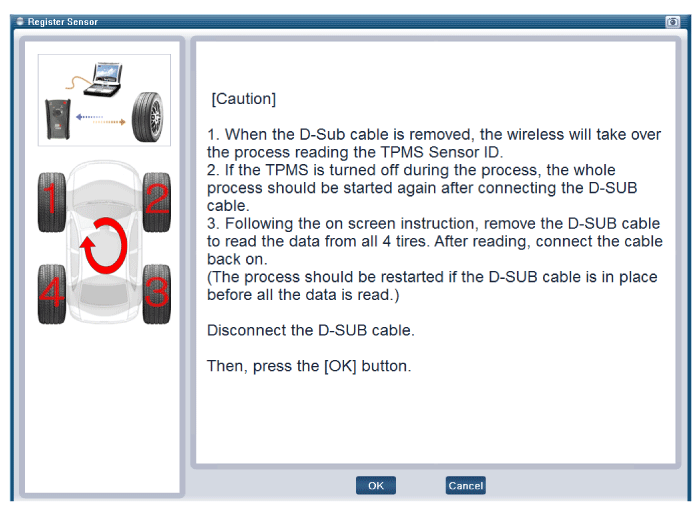
[Sensor register method 1]
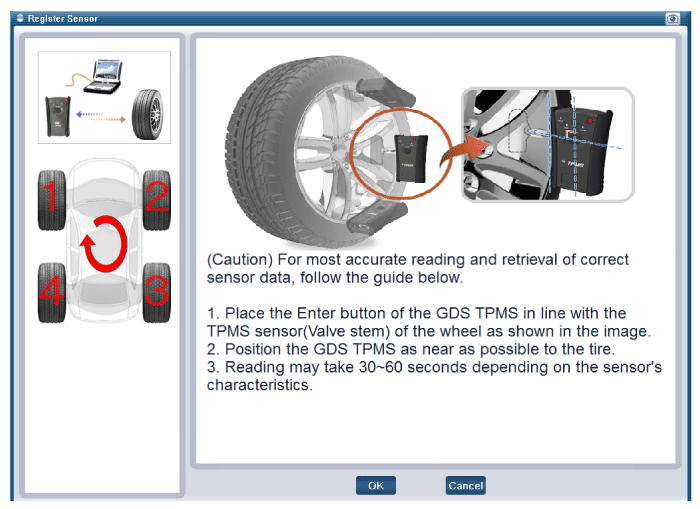
[Sensor register method 2]
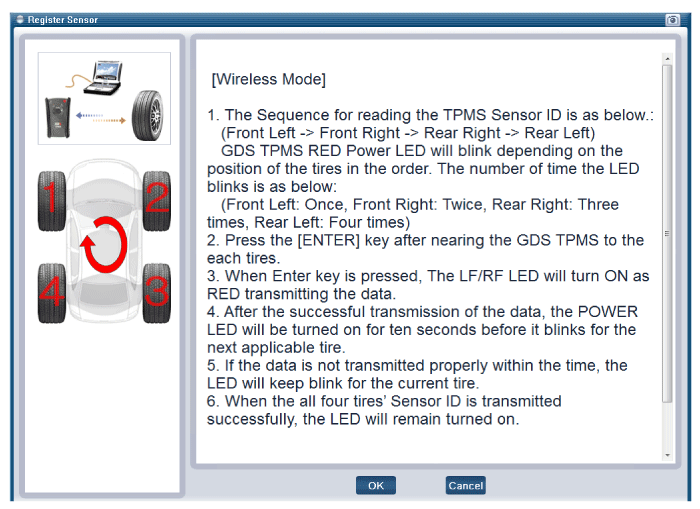
[Sensor register method 3]

[Sensor register method 4]
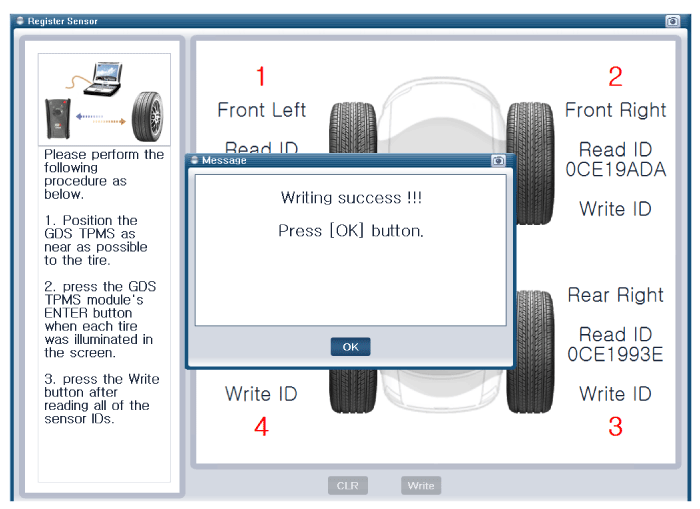
[Sensor register method 5]

| •
|
Write ID Read ID and be sure to check
are the same. |
| •
|
After registering successfully sensor
"Sensor Wireless Information" by the execution determines
whether the sensor is working
properly. | |
[Sensor Status initialization]
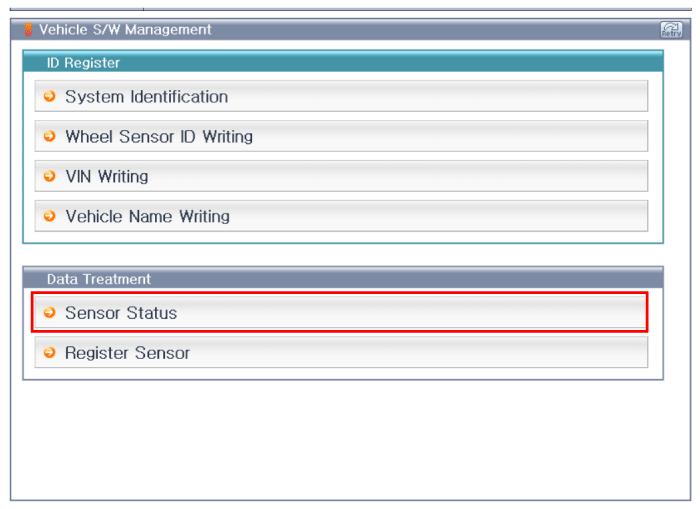
[Sensor function description]

[Preparation phase sensor measurements]
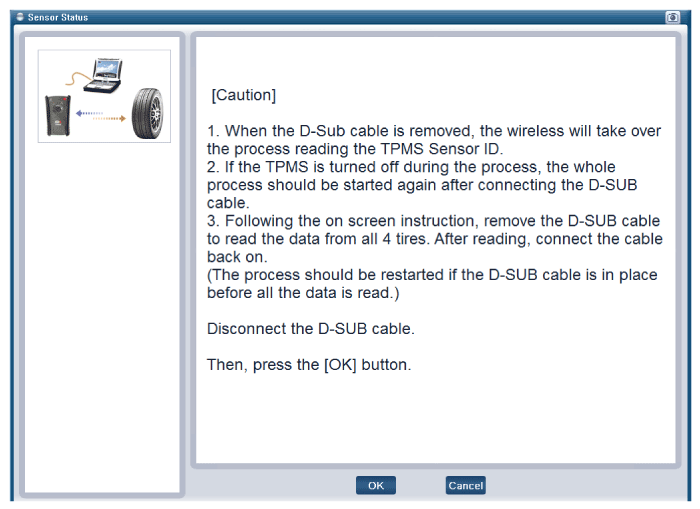
| •
|
In North America, the cable is measured
separately. |
| •
|
In Domestic/General(European) area, the
cable is measured without
separation. | |
[Sensor measurements 1]

[Sensor measurements 2]
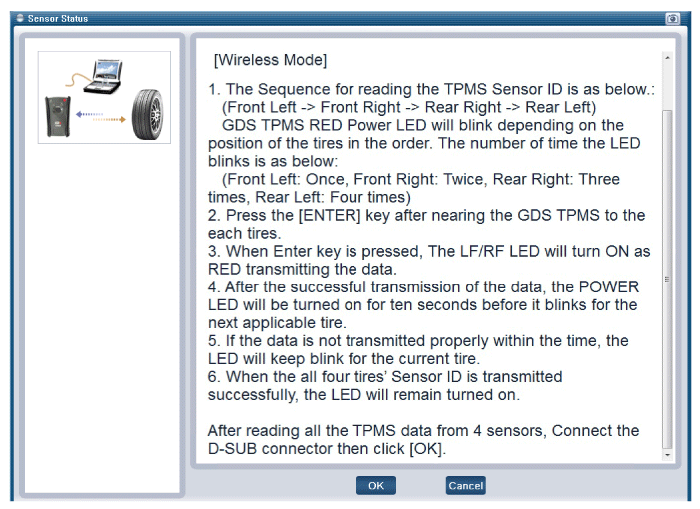
[Sensor Status]
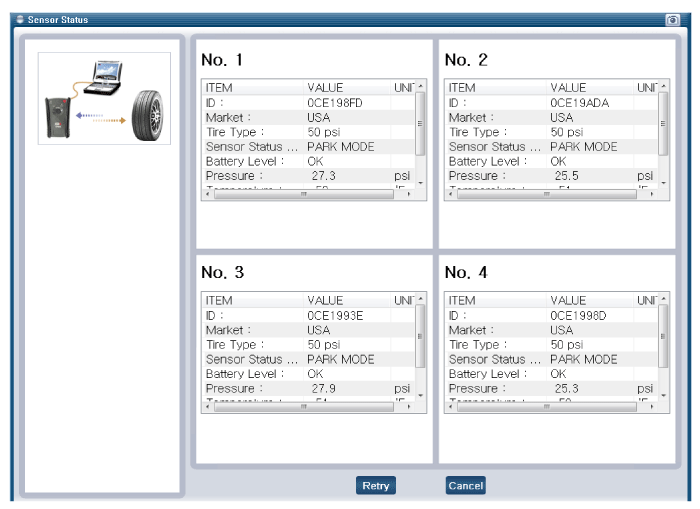
| •
|
Each entry must check whether each
sensor normal. |
| •
|
After replacing the tires or sensors,
check the status of sensor is working properly after sensor
registration
process. | |
| Repair tire after
using the Tire Mobility Kit (TMK) |
When the TPMS warning lamp OFF
| 1. |
Remove the TMK repaired tire, wheel and TPMS
sensor.
(Refer to "Tire
removal") |
| 2. |
Remove the sealant on the wheel and TPMS
sensor (A) completely.
| •
|
Clean the sealant on the housing
and sensing hole of TPMS sensor with clean cloth, gauze
or air inhalers. |
| •
|
To prevent the sensor and circuit
board damage, do not use the pointed instrument and give
a lot of
impact. | |
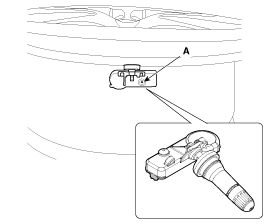
|
| 3. |
Install the TPMS sensor to the new
tire. |
| 4. |
Check that the normal operation of TPMS
system. |
When the TPMS warning lamp ON
| 1. |
Remove the TMK repaired tire, wheel and TPMS
sensor.
(Refer to "Tire
removal") |
| 2. |
Remove the sealant on the wheel and TPMS
sensor (A) completely.
| •
|
Clean the sealant on the housing
and sensing hole of TPMS sensor with clean cloth, gauze
or air inhalers. |
| •
|
To prevent the sensor and circuit
board damage, do not use the pointed instrument and give
a lot of
impact. | |

|
| 3. |
Install the TPMS sensor to the new
tire. |
| 4. |
Check the tire pressure using the electrical
tire pressure gauge. |
| 5. |
Check the tire pressure of TPMS sensor using
the GDS |
| 6. |
If the difference between two checked
pressures in the above is not more than 2 psi, TPMS sensor is
normal. Reinstall it to new tire. |
| 7. |
If the difference between two checked
pressures in the above is more than 2 psi, TPMS sensor is abnormal.
Install new TPMS sensor to new
tire. |
| 8. |
Check that the normal operation of TPMS
system. |